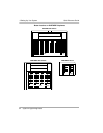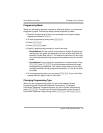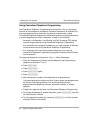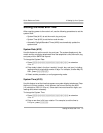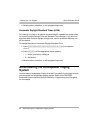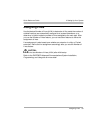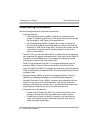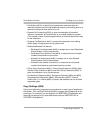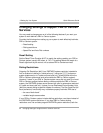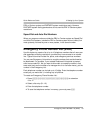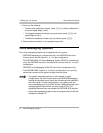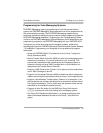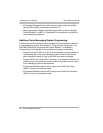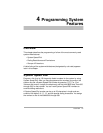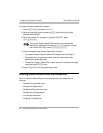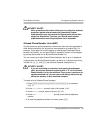
3 Setting Up Your System
42 Changing Settings to Support PBX or Centrex Services
Quick Reference Guide
Changing Settings to Support PBX or Centrex
Services
You may need to change some or all of the following features if you want your
system to work behind a PBX or Centrex system.
Consider the following when setting up your system to work effectively behind a
PBX or Centrex system:
• Recall setting
• Dialing restrictions
• Speed Dial and Auto-Dial numbers
Recall Setting
Set the Recall Timer Duration (#107) to match the setting used by your PBX or
Centrex system (usually 800 msec, or “32”). This setting affects the length of a
Recall signal sent by the control unit to access PBX or Centrex services.
Dialing Restrictions
Outgoing Call Restriction (#401) is a PARTNER system restriction intended to
limit an extension’s dialing to “inside calls only” (using the
i buttons on
system telephones) or to “inside and local calls only” (allowing calls within the
PBX or Centrex system and local calls outside the PBX or Centrex system).
However, if users in your PBX or Centrex system use a dial-out code (9 on most
PBX or Centrex systems) before dialing numbers outside the PBX or Centrex
system, the PARTNER system cannot prevent toll calls for extensions restricted
to “inside and local calls only” (unless you use Disallowed Phone Number Lists
(#404) to prevent dialing to specific classes of numbers). The Star Code Dial (toll
fraud prevention) functionality may not behave properly behind a PBX due to
• the use of both # and *
• variable length access codes
If your PBX or Centrex system includes dialing restrictions, use those instead of
the PARTNER system restrictions. If you have PBX or Centrex dialing
restrictions on a line and also program PARTNER system restrictions, both the



